C1: 060
1860s–1910s
approx. 318 stereographs (most albumen) and other photographic prints mounted on 4 x 7 inch cards
Stereographic views were a popular nineteenth-century novelty that enabled photographs to be viewed in three dimensions. What appear to be identical photographic images paired adjacently on a cardboard support are actually slightly different and, when viewed through the lenses of a stereoscope, they “merge” to yield an unexpectedly convincing 3D effect. The Library’s Stereograph Collection contains over 300 images from many prominent photographers from the Civil War to the World War I eras. Photographs and publishers represented in the collection include the Keystone View Co., George S. Cook, Lee Gallery, D. H. Anderson, E. S. Lumpkin, Underwood & Underwood, George Ennis, Selden & Co., the Kilburn Bros., and Timothy O’Sullivan. Most of the images offer views of Richmond and other Virginia locales, such as the Old Stone House (now the Poe Museum), interiors of Washington’s Tomb, Salt Point, the Executive Mansion and Capitol Grounds (including the long-vanished wrought iron gazebo that housed the statue of Henry Clay), Monumental Church, and Libby Prison. There are also several rare photographs of Blue Ridge Springs and other long-defunct Virginia resorts, as well as a one-of-a-kind series of homemade stereographs with views of late- nineteenth-century Petersburg.
Arrangement and access:
The collection is available for view on Digitool.
Provenance:
Varied
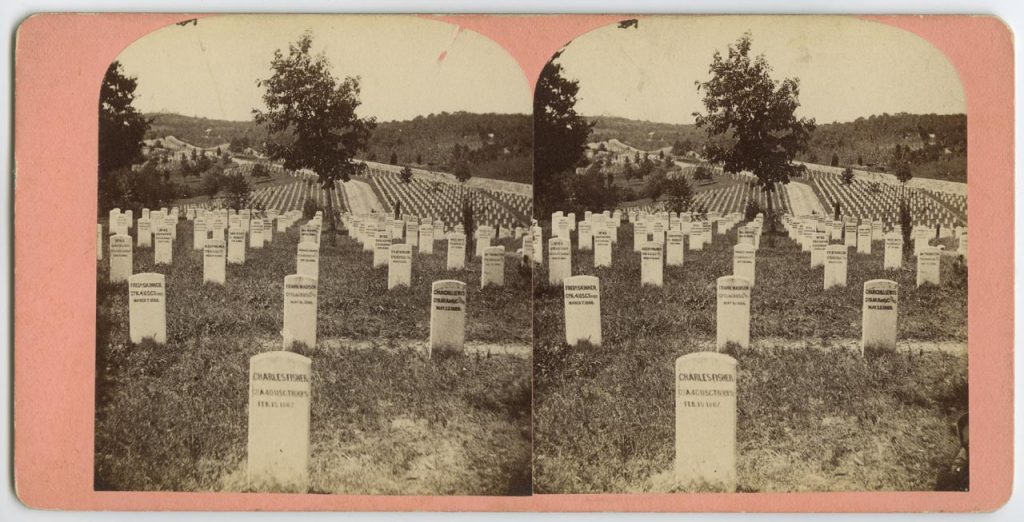
C1:060 Stereograph File. National Cemetery, Arlington, Va. photographed and published by Bell & Bro., 1871 (LVA 07_0786_020) 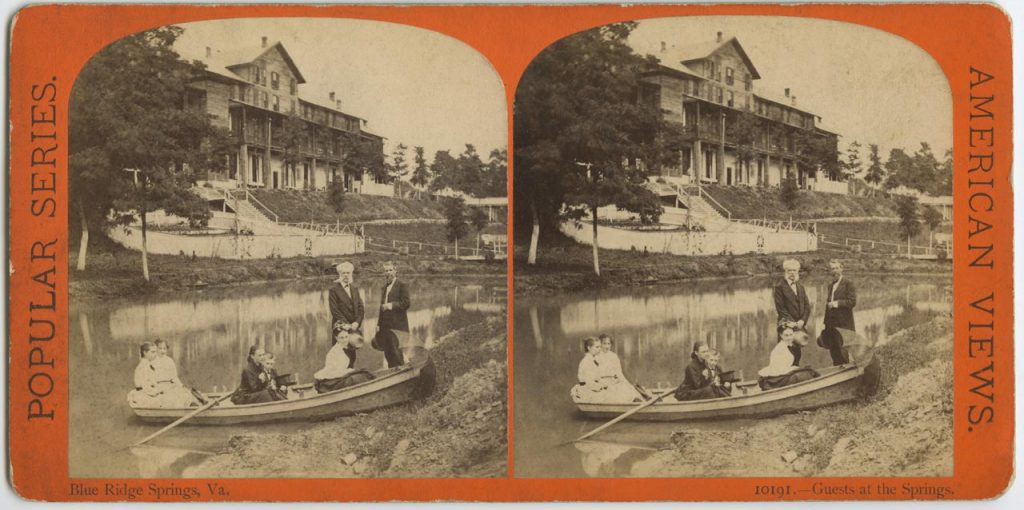
C1:060 Stereograph File. Blue Ridge Springs, Va. guests at the springs. (LVA 07_0786_035) 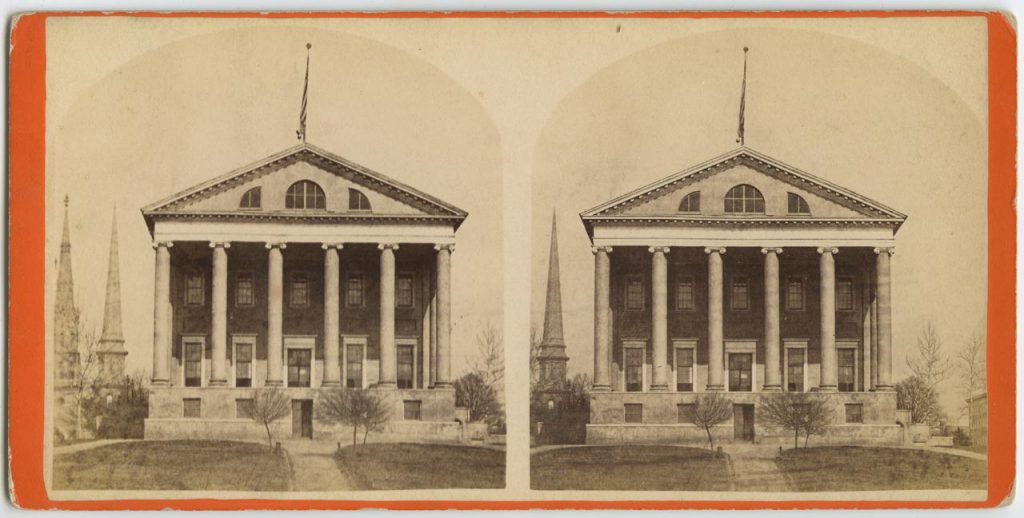
C1:060 Stereograph File. State Capitol, published by D.H. Anderson (LVA 07_0786_117) 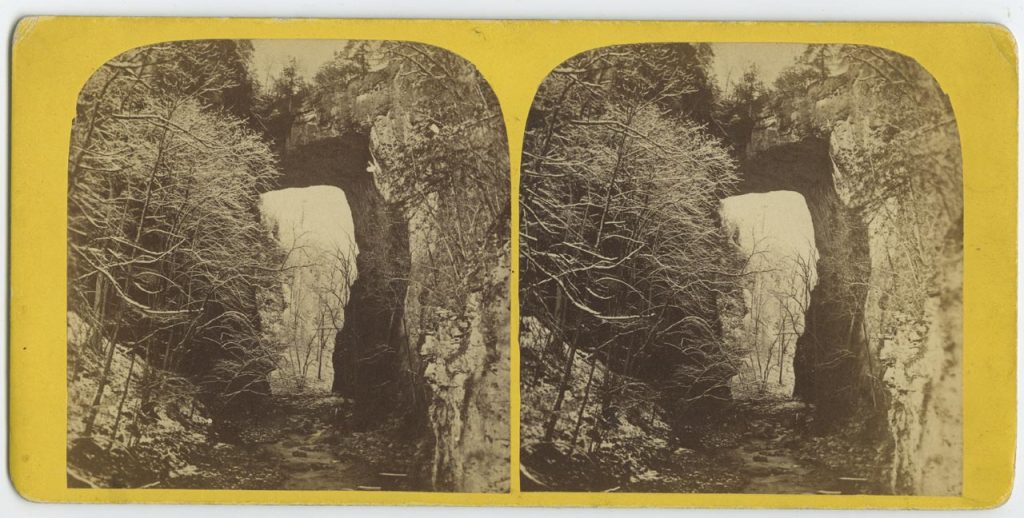
C1:060 Stereograph File. Natural Bridge, Va. (LVA 07_0786_182) 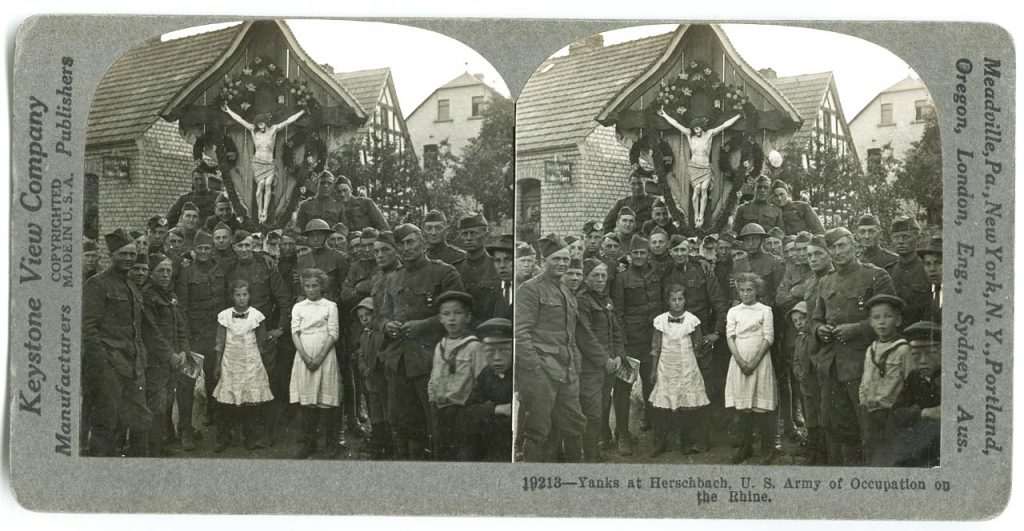
C1:060 Stereograph File. Stereographs of World War I, Keystone View Co. (LVA 07_0786_289)

